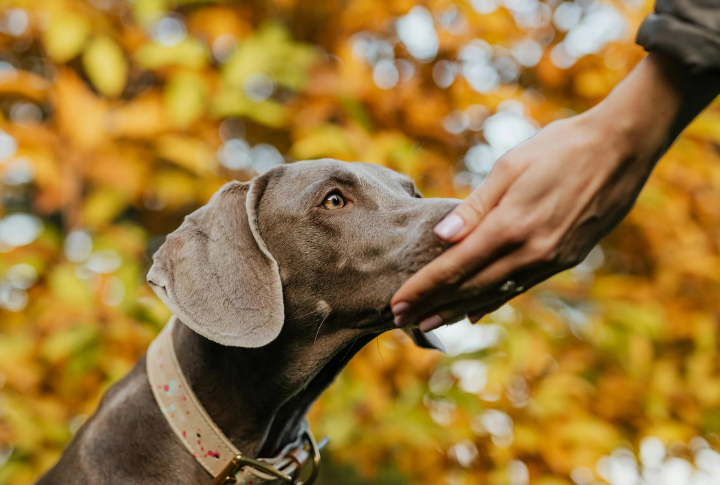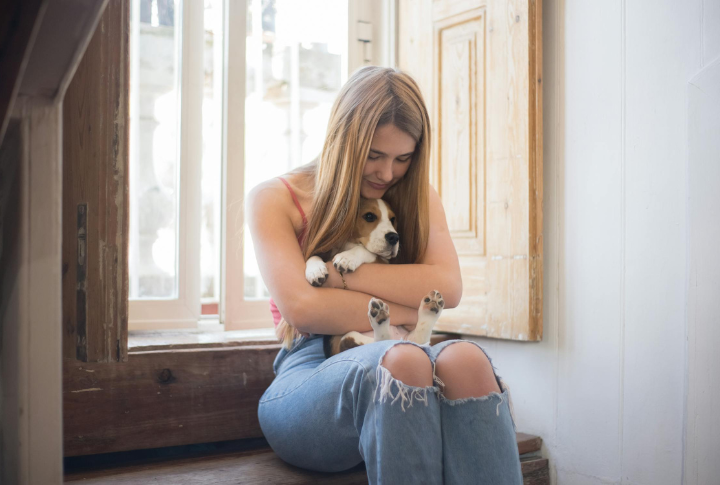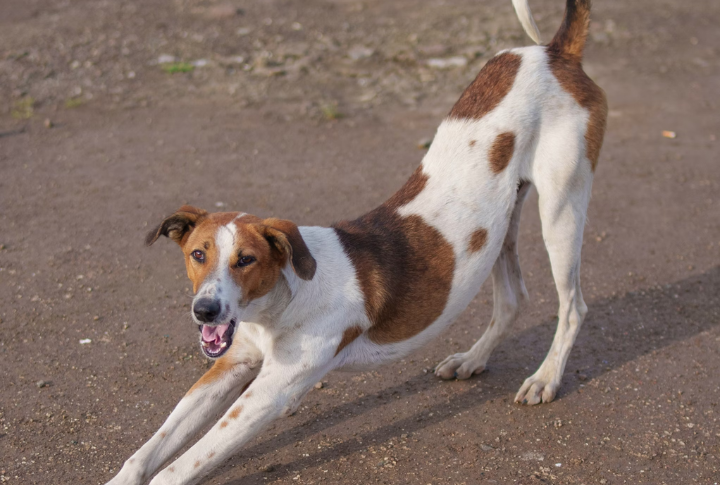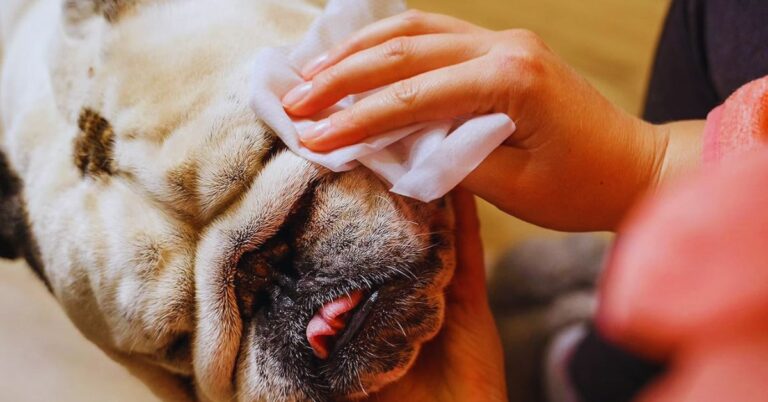10 Ways To Communicate Better With Your Dog

Your dog already understands you more than you think. But what if you could make your message even clearer? Imagine having a secret code only you and your pup share—one that strengthens trust and makes training a breeze. Curious? Keep reading because the key to unlocking your dog’s language is closer than you think!
Use Short And Clear Words

Did you know that dogs’ speech process comes close to that of toddlers? A 2021 study from Dalhousie University in Canada found that most can understand around 89 words and phrases. They don’t decode complete sentences, so “sit” works better than “Could you please sit down?” A straightforward approach makes commands stick.
Match Your Tone To Your Message

A dog’s brain lights up differently depending on your tone. Researchers at Eotvos Lorand University discovered that enthusiastic praise activates their reward center more than neutral speech. Want that tail to wag faster? Amp up the excitement like you just won the lottery. The more animated your voice, the stronger the bond.
Use Body Language Over Words

Want clearer communication? Canines read body language faster than words! Research in Animal Cognition suggests that dogs are more likely to follow gestures over words when verbal and visual cues conflict. Crossed arms? That’s hesitation. A forward lean? That’s engagement. They read these tiny signals before a single word is spoken.
Mimic Canine Greeting Cues

Ever seen dogs sniff and circle each other like secret agents on a mission? That’s their version of a handshake—collecting important information before deciding if you’re friend or foe. Want to make a good first impression? Stand sideways, keep things chill, and let them greet. Give them space, and they’ll give you trust.
Be Mindful Of Your Scent

Your scent is a powerful tool for communication. Dogs associate certain smells with safety and comfort. Wearing familiar clothing, keeping their bed unwashed for a while, or even leaving a piece of your clothing when you’re away can help ease anxiety. Scents are like a security blanket for your dog, reinforcing trust and familiarity.
Understand Your Dog’s Tail Language

It’s not just about wagging—it’s about the direction! Research published in Current Biology found that they wag more to the right when happy and to the left when anxious. A slow wag? Uncertainty. A high-speed full-body tail swing? Pure joy. Understanding tail signals helps you respond appropriately to your dog’s emotions.
Importance Of Why They Avoid Eye Contact

In canine culture, direct stares signal dominance. A quick glance away is their way of saying, “I come in peace.” So if your pup looks off to the side, they’re actually being polite—not disrespectful. They use subtle avoidance behaviors, like looking away, to reduce tension. Trainers and behaviorists recognize this as a de-escalation cue.
Decode The Play Bow

A dog flopping into a deep stretch with its front legs down and rear end up isn’t just stretching—it’s saying, “Let’s play!” This is how canines invite fun and show they mean no harm, especially to new playmates. It is their way of being polite to both humans and one another in their invitation to play and to rough house.
Pause Between Commands

Commands should be like text messages: concise and well-timed. Blurting out “sit sit sit” confuses them, much like someone sending “Hey hey hey” in rapid succession. They respond more reliably when given a brief pause between commands, as it allows them time to process and react accurately. Well-timed commands create clear communication for stronger obedience.
Reward At The Right Time

A dog’s attention span is shorter than a TikTok video, and if you reward too late, they won’t link the reward to their action. Trainers recommend praising immediately after a display of good behavior. Delayed reinforcement can weaken learning. Immediate praise lets your pup know that they’ve done well and connects the action with the reward.





